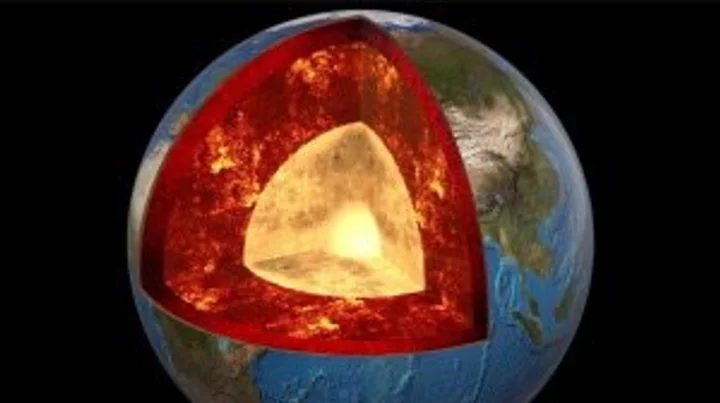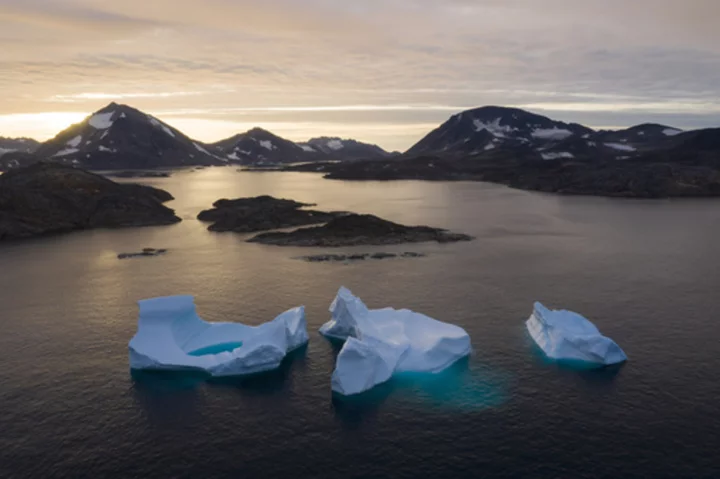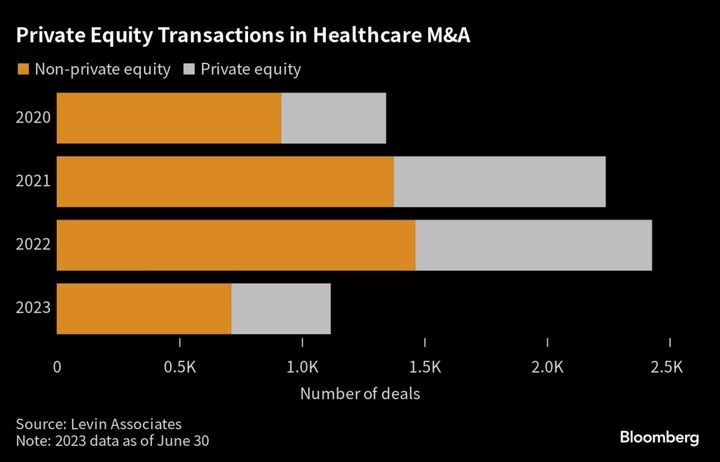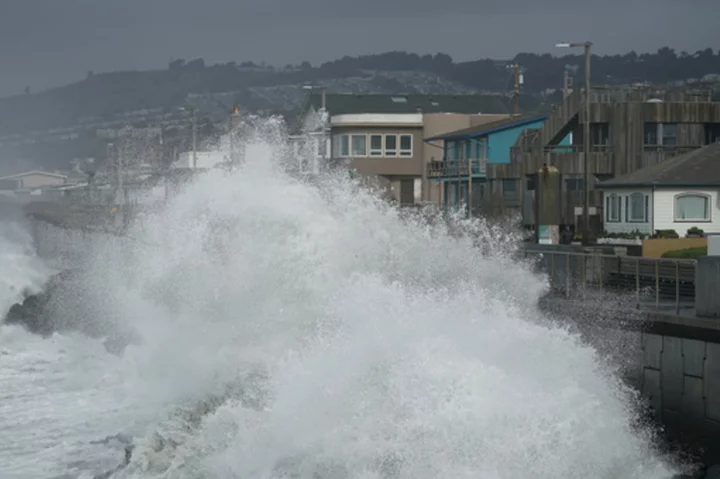ChatGPT is making headlines for the enormous amount of water it uses, but water consumption in the tech industry has been an issue long before before the AI chatbot's November 2022 debut.
Microsoft and Google reported a 34% and 21% spike in water consumption, respectively, in 2022 compared with 2021. The main culprit? Data centers and the water used to keep their temperatures in check.
"In 2022, total water consumption at our data centers and offices was 5.6 billion gallons—the equivalent of what it takes to irrigate 37 golf courses annually, on average, in the southwestern United States," says Google's 2023 sustainability report. Meta's annual report notes that its operational data centers are responsible for the highest percentage of its water use.
Yet neither company launched their ChatGPT competitors—Microsoft Bing Chat and Google Bard—until Q1 2023. The computing power needed to run them, plus their widespread use, could guzzle even higher rates of water, though we won't see the numbers until early 2024.
What we do know is that ChatGPT is estimated to use the equivalent of one 16-ounce bottle of water for every 20-50 queries someone asks it, according to a study set to be released later this year by Shaolei Ren, an associate professor of electrical and computer engineering at the University of California, Riverside and the corresponding author of the study, the AP reports.
Preliminary data released by Ren in April argues that "the enormous water footprint of AI models has remained under the radar."
"For example, training GPT-3 in Microsoft's state-of-the-art US data centers can directly consume 700,000 liters of clean freshwater (enough for producing 370 BMW cars or 320 Tesla electric vehicles)," it says.
Why Do Data Centers Use So Much Water?
Water is the cheapest method for tech companies to cool their servers, CNBC reports, making it the unexpected bedrock of Big Tech. "Google’s data centers are the engine of our company, powering products like Gmail, Google Cloud, Search, and YouTube for billions of people around the world," says Google.
Microsoft reports a 34% year-over-year increase in water usage. (Credit: Microsoft 2023 Environmental Sustainability Report)While placing data centers in colder climates can theoretically offer "free" cooling, in reality just a fraction of the world's 8,000 servers operate in cold environments. In fact, the US houses far more data centers than any other country, at 2,701. That's five times more than the second-highest country, Germany, with 481, according to Statista. Russia, with its vast swaths of chilly Siberian land, has just 172.
Those US data centers are drawing fresh water from the country's reserves, mostly on the densely populated coasts, according to Virginia Tech. Many are already overused, particularly in hot climates, contributing to the ongoing issue of outpacing natural replenishment cycles by hundreds or thousands of years, The New York Times reports.
There are no signs of slowing down: The computing power required for AI is doubling every 100 days and is projected to increase by more than a million times over the next five years, a study published by Intelligent Computing predicts.
"If we continue with the status quo, we will not protect freshwater resources for future generations," says Microsoft's 2022 sustainability report. Google echoes the urgency: "The world is facing an unprecedented water crisis, with global freshwater demand predicted to exceed supply by 40% by 2030."
Meta reports similar rates of water consumption in 2022 as 2021, but much higher than just five years ago. (Credit: Meta 2023 Sustainability Report)Reduce vs. Replenish: Water Conservation Strategies
Microsoft, Google, Meta, and Amazon all seem to be putting their hopes in "replenishment" projects to offset their consumption, while using a handful of strategies to marginally reduce it (e.g. rainwater collection, recycling municipal wastewater).
Replenishment projects include working with NGOs and other organizations around the world to improve clean water supply, funding research to reduce water consumption, and other similar initiatives. They still require pulling from freshwater reserves, but aim to do it at a lower rate with more success.
Google water usage (Credit: Google 2023 Environmental Report)Google reports that it currently replenishes 6% of its water consumption, with a goal to replenish 120% of the water it uses by 2030. Microsoft says it has 27 replenishment projects in the works, which it estimates will reclaim 35 million cubic meterse (m3) of water—a literal drop in the bucket of its 6.4 million m3 water consumed in 2022.
Optimizing the way AI models run can also reduce water consumption. Simply put, more efficient processing means less compute required, and therefore fewer data centers. This promising avenue is also being explored to reduce the carbon footprint of self-driving cars, as one MIT study outlines, another AI-heavy technology predicted to hog server space in the coming years.
Young Consumers Expect More Transparency
To these companies' credit, annual reporting on their environmental impact represents an important first step. Of the reports PCMag looked at, Microsoft's most clearly quantifies the projected impact of its water reduction efforts, as opposed to simply describing them. Amazon's latest sustainability report is the most opaque, describing broad focus areas, such as becoming "water positive," without any concrete water consumption data.
(Credit: 2022 Amazon Sustainability Report)"Microsoft is the only company I've come across that has said that it's working on different kinds of large systems that are more sustainable and efficient," says Ann Skeet, senior director of leadership ethics at the Markkula Center for Applied Ethics. Skeet works directly with these companies to craft their environmental mitigation plans and think through ethical issues.
When reached for comment, Microsoft and Google did not comment on water specifically used for their latest AI push.
"Microsoft is investing in research to measure the energy use and carbon impact of AI while working on ways to make large systems more efficient, in both training and application," says a Microsoft spokesperson. Google says its "need for data center cooling" is growing, and cited its 120% replenishment goal.
ChatGPT creator OpenAI, which does not have a sustainability report, did not immediately respond to a request for comment.
"The most important thing right now is disclosure," Skeet says. "It's getting companies to start talking about what they're doing in the environmental and social governance areas. That's the kind of transparency that consumers, especially Gen Z and millennials, have come to expect."









